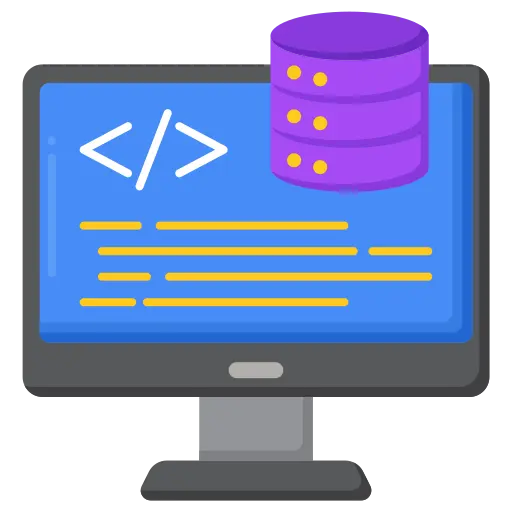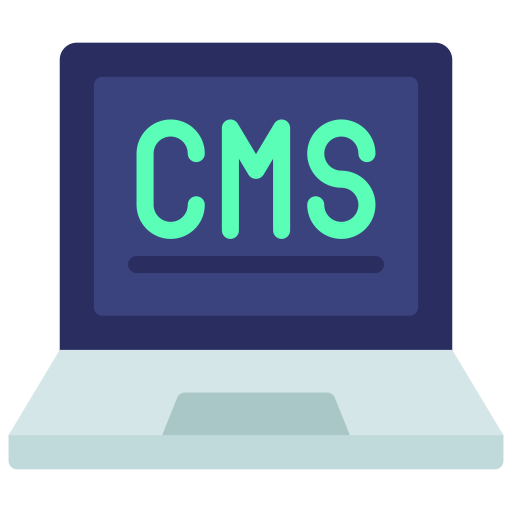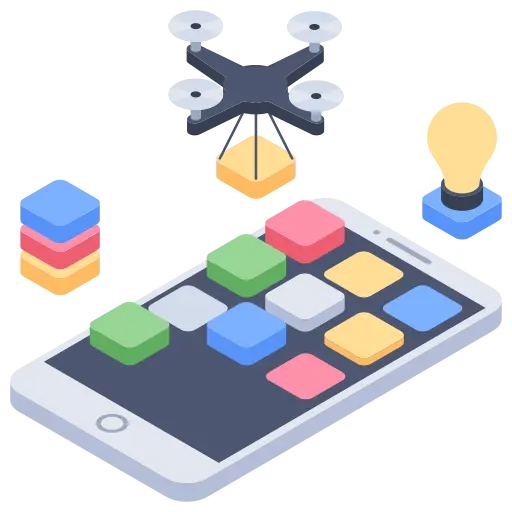Top 9 Software for a Website Designing Company in India!
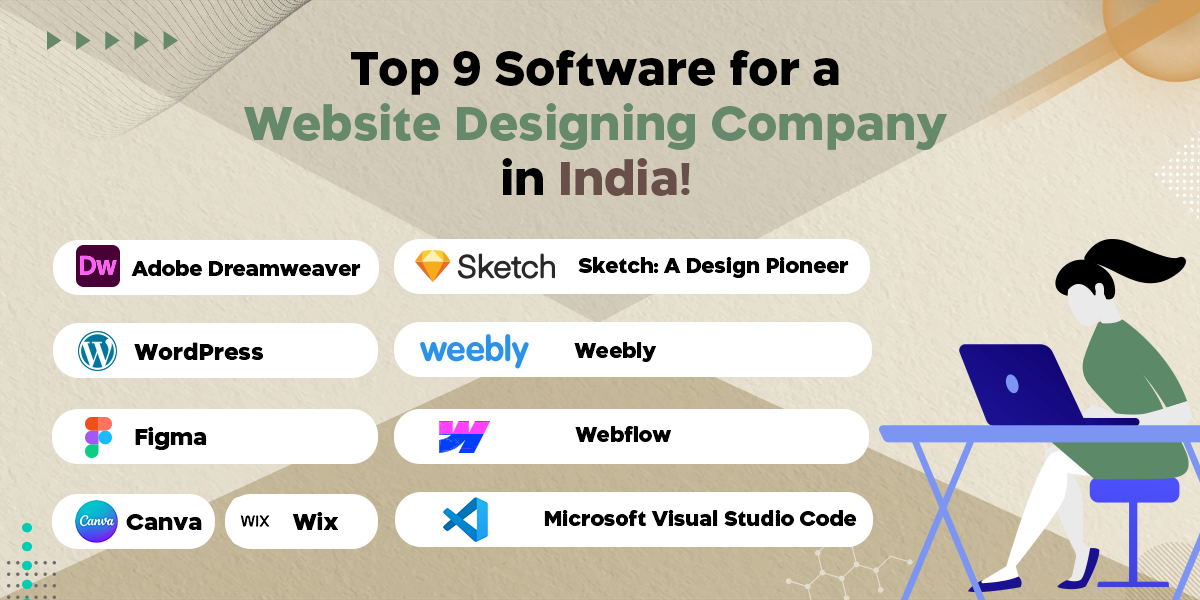
Here’s a list of the top 9 website design software that most companies in India may choose. Before you hire a web designer in India, always check if they have expertise in software that is listed below:
For Professionals:
1. Adobe Dreamweaver
Web design companies in India have consistently cited Adobe Dreamweaver as their preferred option for developing websites. Adobe Dreamweaver is a well-known tool that lets you directly code your website’s design without needing extensive programming knowledge. The software’s intuitive interface and hybrid visual/HTML editing interface should make its learning curve manageable for most users.
Even though designing and building your website from scratch needs more time and effort than choosing a premade template, you can be confident that the final result will be exactly how you envisioned it. A charming aspect of Dreamweaver is that it enables you to develop a responsive design, which means you may customize your website ops and mobile devices without reducing it.
However, if you are a more skilled user, you may be delighted to learn that Dreamweaver includes multi-monitor compatibility for Windows. In addition to being compatible with HTML5 elements and CSS grids, it supports the Chromium Embedded Framework (CEF). In addition, Dreamweaver incorporates Git, letting you make changes to your code without leaving the program.
2. WordPress
WordPress is an alternate approach to setting up and creating your website. It differs from the other products we’ve covered here since it’s a content management system (CMS). The strength of this is that creating a website in a couple of minutes is a breeze, providing the best web design solutions. WordPress is straightforward to set up regardless of whether or not your web server offers a one-click install from your Control Panel.
The administrative and management interface is straightforward after the software installation. It’s possible to utilize one of WordPress’ premade design templates for your site, but most users will instead choose to download and use a premade WordPress template, either free or paid. If you’d rather work on your design, use simple drag-and-drop features, starting with a premade template. You can create a website that seems like an expert designed it without ever touching a line of code.
Even better, there are many free add-ons to choose from, and frequently, all it takes to install them is a click or two. The procedure of making changes to your website is now straightforward and skill-free.
3. Sketch: A Design Pioneer
Web designers all around the globe have favored using Sketch for a very long time. Vectors build the workflow, and it has a vast ecosystem of plugins, which together give a flexible platform for creating aesthetically attractive websites. If you run a web design business in India, adding Sketch to your arsenal of design tools might offer you an advantage over other companies in the sector.
For Beginners:
4. Weebly
Weebly is another web-based CMS that’s great for beginners since it doesn’t need any knowledge of HTML or CSS to utilize its drag-and-drop page builder to create a website. It allows customers to establish online shops by customizing premade templates compatible with their easy-to-use website editor. Weebly’s theme selection isn’t the largest, but its templates seem polished and professional, and you can tweak them to your heart’s content. In addition to being mobile-friendly or responsive, the themes include features like search engine optimization, analytics, and social media promotion via Facebook.
There’s a no-strings-attached free tier for learning the ropes and becoming comfortable with the service. However, the Professional plan is required to exclude advertisements and utilize your domain name.
5. Webflow
Webflow is a cloud-based, online web designer intended to let anyone with no coding experience construct professional-looking websites. It is a web-based app builder that emphasizes smart codelessness and is completely cross-platform. It implies a clean drag-and-drop interface that effortlessly puts text and photos into a page based on one of the accessible, no-cost templates.
Choosing the “I have no coding experience” option during setup does not result in poorly written code, as with many WYSIWYG editors. The required HTML and CSS codes will be generated automatically by Webflow’s automation tool. Using the panels on the right, you may make fine-grained adjustments to certain parts.
The Webflow provides a free online sample of its capabilities, and a complimentary Starter package that lets you create two projects is available.
For UI/UX Designers:
6. Figma
Figma, a prototype tool recently released by Adobe, is widely considered the gold standard for user interface and user experience design.
Straightforward website and app development is possible with this software. The tools are significantly more complex and geared toward experienced designers, yet they are virtually as user-friendly as Canva. Across the platform, there’s a significant emphasis on online cooperation. Figma excels in this aspect, which is crucial for the top web design software since it allows for the easy sharing of mockups and prototypes across different teams.
7. Microsoft Visual Studio Code
Visual Studio Code (or VScode) has quickly become a website creation tool for developers. A wide range of packages and free extensions are available in its marketplace. You may modify the code editor interface to suit individual needs.
Many non-developers are put off by the prospect of altering code directly throughout the web design process, although doing so is often necessary. To add specific functionality to your website, you may need to modify the source code of an existing software add-on. Visual Studio Code may ease the burden of writing code by giving programmers their own environment.
Visual Studio Code has a debugger and terminal built in, as well as linting and support for various source control systems. Its strong support for JavaScript and Python makes it a viable option for writing not just the front end but also portions of the back end of a website.
For Simple Websites:
8. Canva
Canva is among the most user-friendly options for creating placeholder web pages.
The drag-and-drop interface makes it a viable option for quick content positioning experiments, visualizations, and team guidance. A vast assortment of downloadable stock assets is available for use in creating designs. The user interface is also relatively straightforward. This apparent ease of use should not be relied upon. The free web design program has more than enough features for a competent designer to make realistic interface prototypes.
The website builder includes all the essentials, from website templates for newbies to quick mockups. Then, with just a few mouse clicks, you can make global changes to the site’s design, text, colors, and graphics. However, you can let your imagination run wild like any of the platform’s design tools. Uploading designs directly to an existing website or creating a new one is simple. Another excellent feature is the chance to go live with a free Canva domain.
9. Wix
Wix is a specialized website builder, whereas WordPress is a content management system focusing on visual and code editing. It’s the most outstanding program for making websites quickly and easily if you’re starting. At the heart is a simple drag-and-drop editor, which works nicely with the hundreds of pre-built Wix templates. After selecting a template, the Wix Editor will walk you through customizing the site’s look and feel down to the tiniest detail.
The Wix ADI feature is available to those wanting a more streamlined website creation approach. You can ask simple questions and create a website using AI based on the responses. In and of itself, this makes it one of the most straightforward web design programs for novices to use.
Conclusion!
In the constantly evolving field of website design, having the appropriate software tools is necessary. It helps us to maintain a lead over competitors and produce websites that are eye-appealing. As 2025 draws near, professionals should study the many options available for the finest web design software in 2023. By professional we just don’t mean webmasters; it includes entrepreneurs, project creators and website Design Company in India.
If you are opting for a web design services company, you should look for the best expert among the many on the team when you hire web designer in India. Identifying your requirements is the first step in selecting the finest web design software. If you’re looking for affordable software, keep in mind that its feature set may be more restricted than that of more expensive alternatives; on the other hand, premium software may be able to meet all of your requirements.
As 2025 approaches, the expanding field of web design software through website design companies continues to provide varied possibilities. Expertise, project needs, and financial limits are just a few variables that might affect the best tool. When designers have access to top-tier tools, they may unleash their imaginations, leading to the creation of compelling and innovative digital experiences.
Frequently Asked Questions
A top-tier web design company in India differentiates itself from the competition by combining its technical expertise with an in-depth comprehension of the local market dynamics.
Because of their straightforward drag-and-drop interfaces and beginner-friendly design tools, Canva and Wix are two terrific choices for those just starting.
WordPress is a content management system (CMS) that is both strong and adaptable. You can use it to construct various websites, from simple blogs to intricate websites for businesses.
Adobe Dreamweaver and Sketch are two web design programs highly recommended for web design pros. Direct coding and responsive design are possible with Adobe Dreamweaver. whereas Sketch provides a versatile platform with a wide variety of plugins.
You can consider Figma to be the industry standard when it comes to designing user interfaces and user experiences. It offers a platform for the construction of basic websites and applications, with an emphasis on online collaboration as well as the exchange of mock-ups and prototypes.
Most Popular Categories
Discover top categories on our blog, featuring WordPress, PHP, eCommerce, and Shopify insights and tutorials.
Featured Insights
Immerse yourself in our passion for sharing the latest industry news, cutting-edge technologies, and insightful articles. Explore the depths of knowledge with us.

November 5, 2025
10 Proven Strategies to Increase Customer Lifetime Value with WordPress
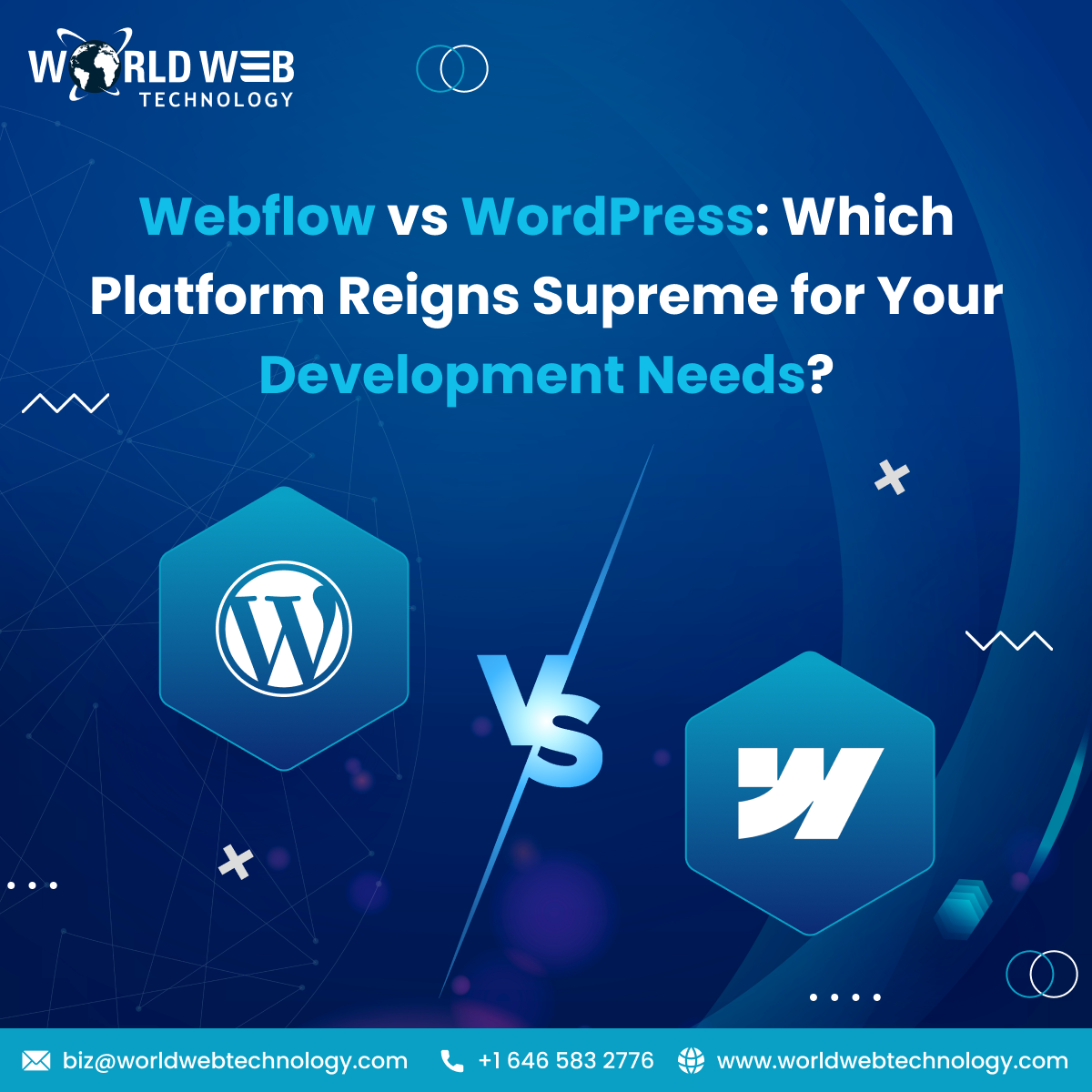
August 19, 2025












